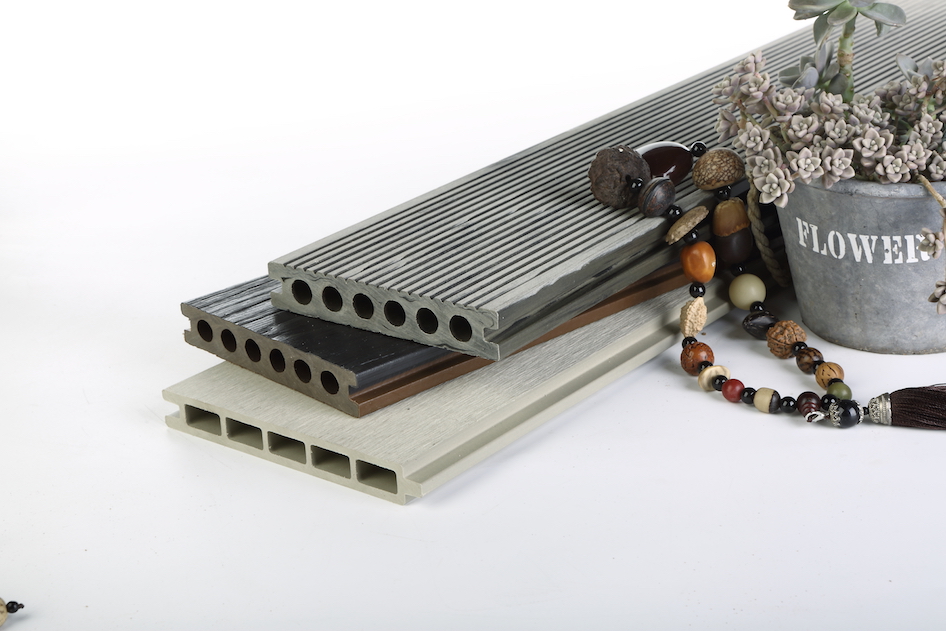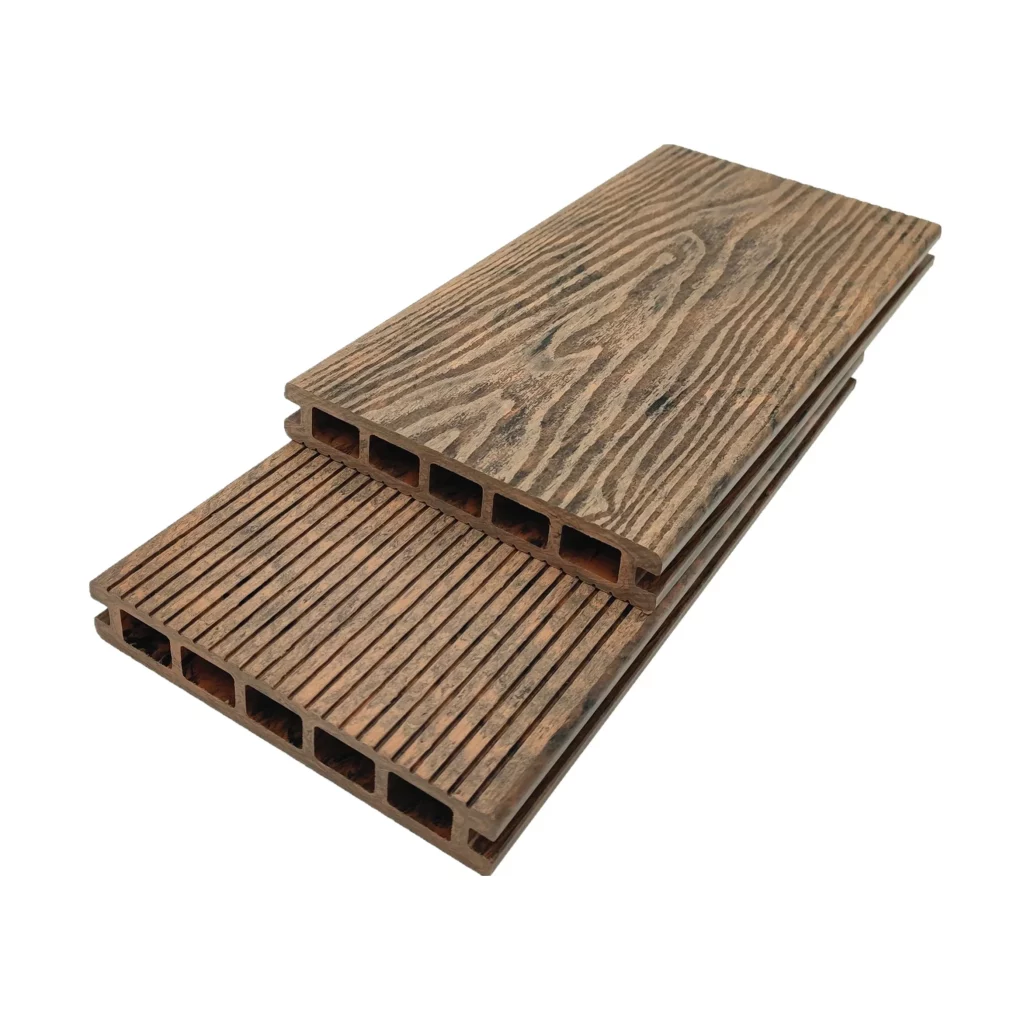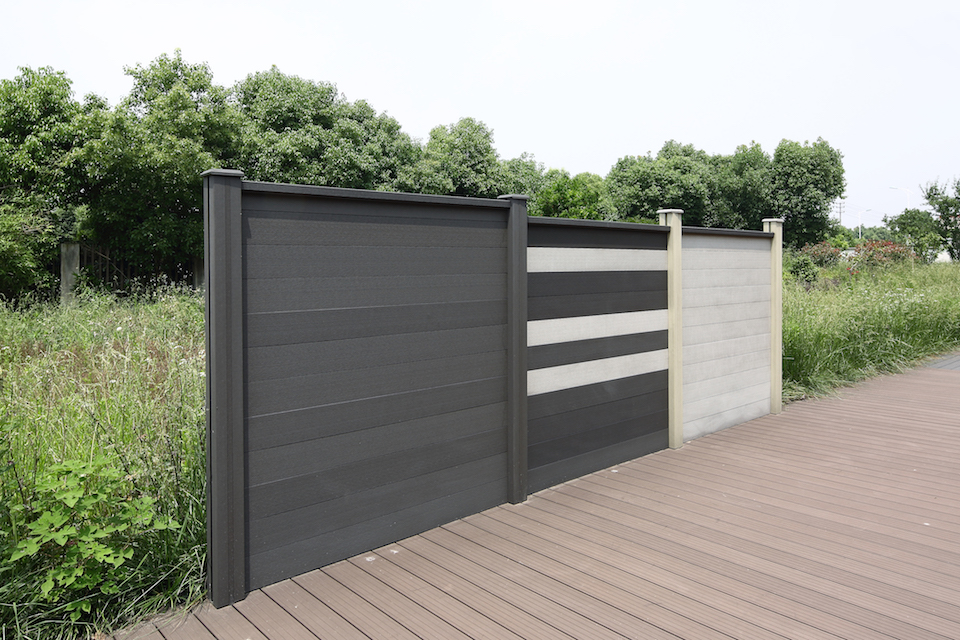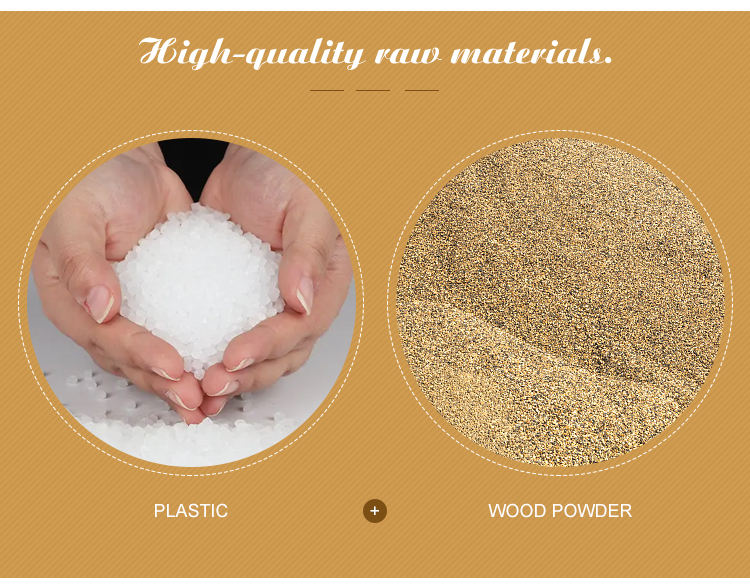
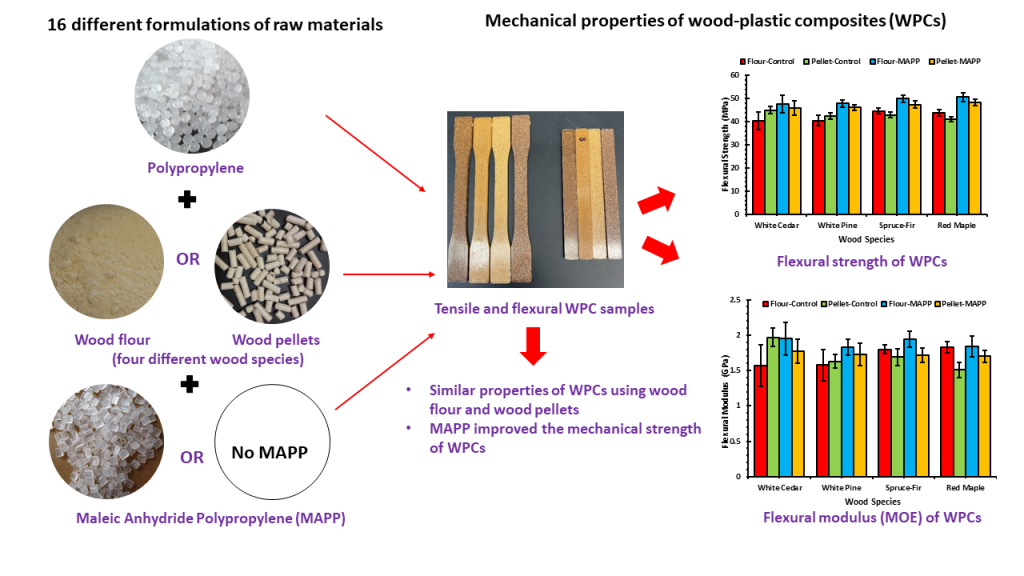
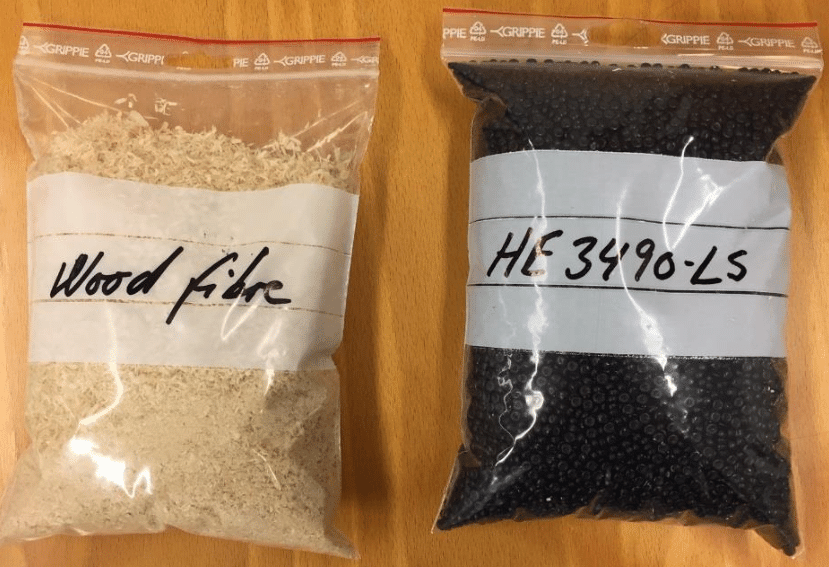
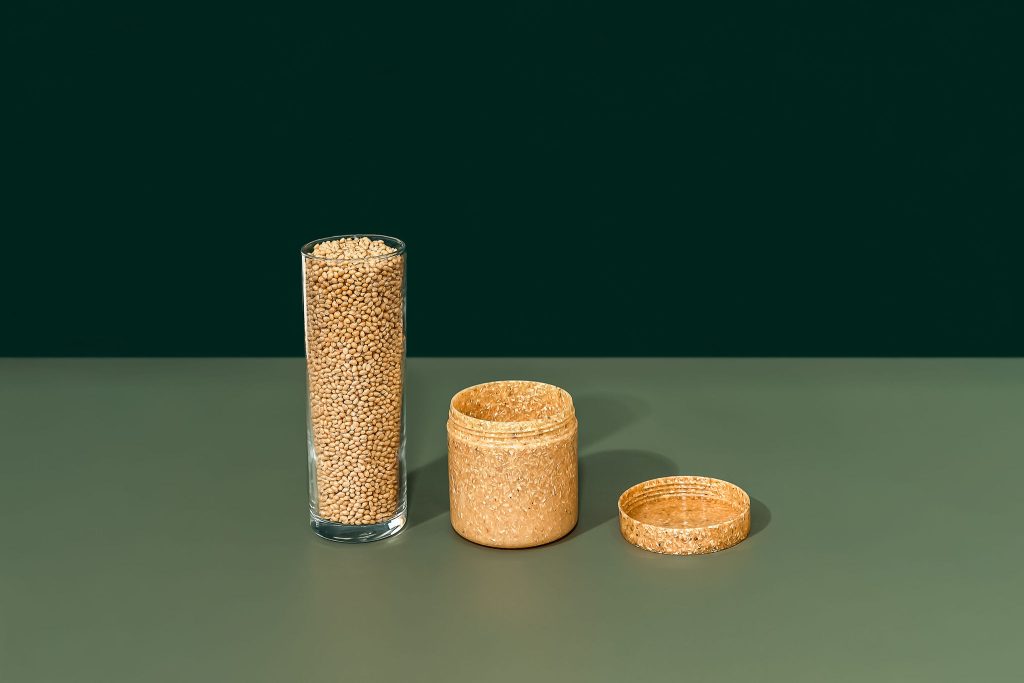
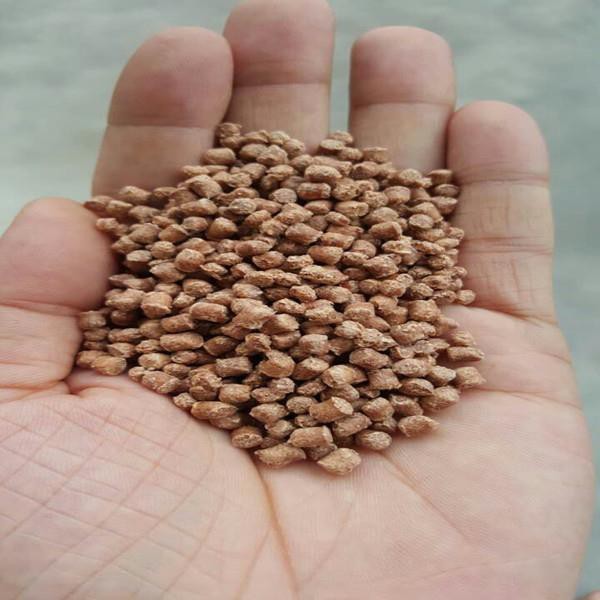
Additives
Because wood powder has strong water absorption and strong polarity, while thermoplastics are mostly non-polar and hydrophobic, the compatibility between the two is relatively poor and the interface adhesion is small, so it is necessary to use Moderate additives are used to modify the polymer and wood flour surfaces to improve the interfacial affinity between wood flour and resin. In addition, high-filling wood powder does not disperse well in molten thermoplastics and often exists in a certain aggregation state, resulting in poor melt fluidity and difficulty in extrusion molding. Surface treatment agents need to be added to improve fluidity for ease of use. Extrusion molding. In addition, the plastic matrix also needs to add various additives to improve the processing performance and the use performance of the finished product, improve the bonding force between wood powder and polymer and the mechanical properties of the composite material. Common additives include the following categories:
- The coupling agent can create a strong interface bond between the plastic and the surface of the wood powder; in addition, it can reduce the water absorption of the wood powder and improve the compatibility and dispersion of the wood powder and the plastic, so the mechanical properties of the composite material are significantly enhanced. . Common coupling agents mainly include: isocyanates, cumene peroxide, aluminate esters, phthalate esters, silane coupling agents, maleic anhydride modified polypropylene (MAN-g-PP), ethylene- Acrylate (EAA). Usually the added amount of coupling agent is 1wt%^8wt% of the added amount of wood powder. For example, silane coupling agent can improve the bonding force between plastic and wood powder, improve the dispersion of wood powder, and reduce water absorption. If treated with alkaline Wood flour can only improve the dispersion of wood flour, but cannot improve the water absorption of wood flour and its adhesion to plastics. It is worth noting that maleate coupling agents and stearate lubricants will have repulsive reactions, which will result in reduced product quality and yield during use.
- Plasticizer It is difficult to process some resins with high glass transition temperature and melt flow viscosity, such as hard PVC, when combined with wood powder. Plasticizers are often added to improve processing performance. The molecular structure of the plasticizer contains two types of genes, polar and non-polar. Under high-temperature shearing, it can enter the polymer molecular chain and use polar genes to attract each other to form a uniform and stable system, while its longer non-polar genes The insertion of polymer molecules weakens the mutual attraction of polymer molecules, making processing easier. Plasticizers that are often added to wood-plastic composite materials include dibutyl phthalate, DOS, etc. For example, in PVC wood flour composite materials, adding plasticizer DOP can lower the processing temperature, reduce the decomposition and smoke of wood flour, and improve the tensile strength of the composite material as the additive DOP content increases, while the elongation at break increases.

